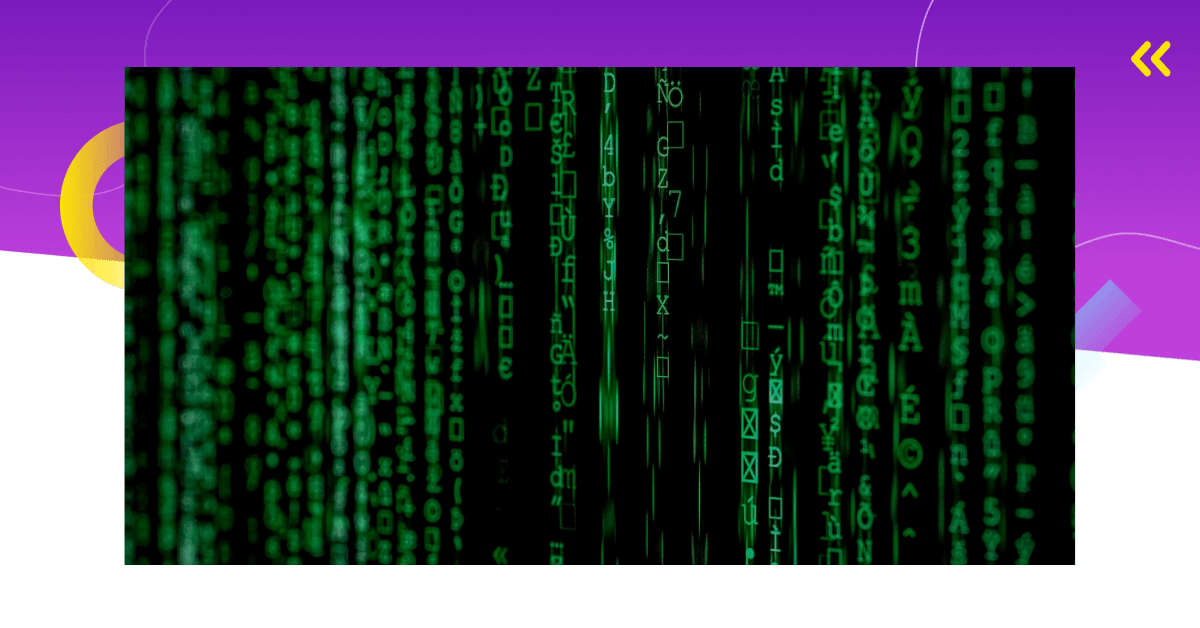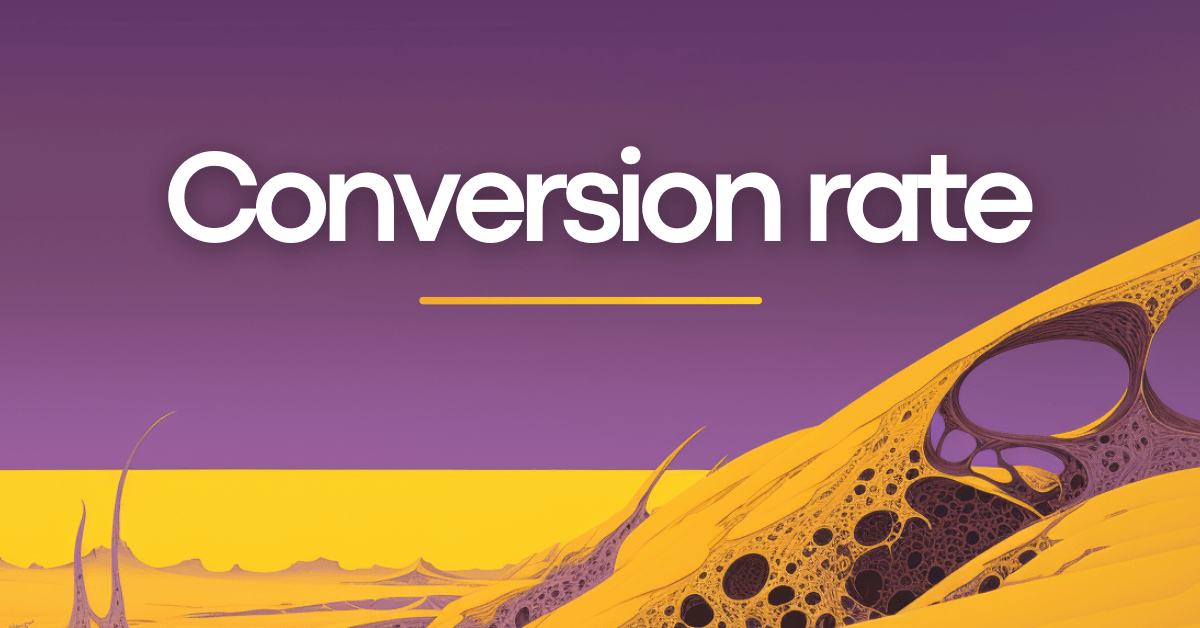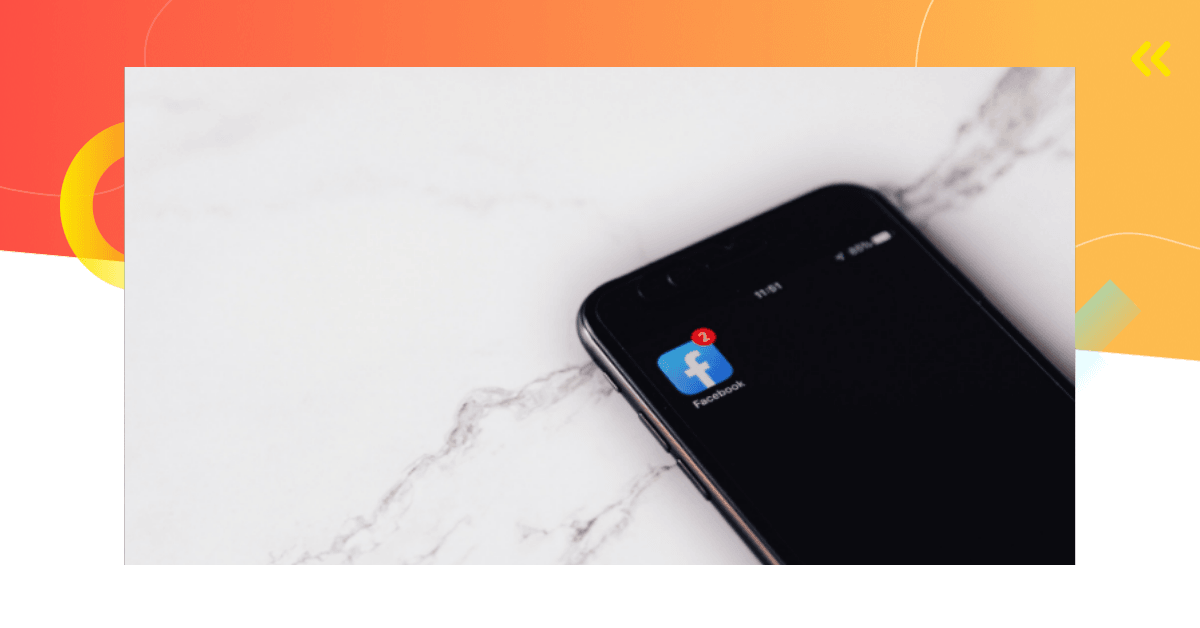Automation is here and it will change mobile game user acquisition forever. Are you ready for it?
Google already started that transition with UAC, but now Facebook is also turning to machine learning with the new Automated App Ads.
AAA will change the way user acquisition is done. Those who adapt to these changes right now have a better chance of coming out as winners.
To help you with the transition, we have put together a guide on Facebook’s Automated App Ads.
You’ll learn:
- What makes them different from standard app ads
- What are the benefits of Automated App Ads
- How to set up AAA campaigns
- How to split test Automated App Ads
Let’s get right into it.
What Are Facebook’s Automated App Ads?
Automated App Ads are a new Facebook feature that allows app advertisers to create fully automated campaigns.
Running this type of campaign requires less effort, as Automated Ads are powered by machine learning.
Automated App Ads, if utilized properly, can help you achieve the highest performance from your app install campaigns easily.
Facebook here offers delivery of creative variations with high performance to those audiences that are relevant. Also, you can get more effective placements this way.
While Automated Ads have a lot of benefits, which you can read about later, there are some downsides too.
AAA doesn’t support certain features, such as some of the targeting options.
These ads don’t target age, gender, demographics, interests, behaviors, etc. However, you can get your target audience by country, language, and OS.
Also, you cannot use some types of ads here, such as playable ads, carousel ads, and the Instant Experience format.
Finally, a downside that should be mentioned is that Automated Ads campaigns cannot be filtered in the Facebook Ads Manager.
This downside can be easily resolved by properly naming your Automated Ads campaign so you don’t lose it on the list.
But, all in all, you will find out that the benefits still outweigh the downsides.

Key Differences Between Facebook’s Automated App Ads and Manual App Ads
If you’re wondering what makes Automated App Ads different from standard manual ads, examine these key differences and specs.
The major difference is that Automated Ads require less input. Furthermore, you don’t need to rely on manual adjustments, unlike manual app ads.
Another key difference is that you can have one ad set and one ad per campaign with AAA. With standard campaigns, you can have multiple ad sets and ads per campaign.
Finally, with standard campaigns, you need to manually test creatives and their combinations. With AAA, you can dynamically test creative combinations (up to 50 images/videos, 5 headlines, and 5 descriptions).
A thing to keep in mind is that Automated App Ads currently don’t support playable ads, dynamic language optimization, or placement asset customization.
The Benefits of Facebook’s Automated App Ads
All change is hard. But luckily, there are many benefits of the new Facebook automated app ads.
Here are the most important ones.
Better Ways of Optimizing for Goals
With Automated App Ads, you can optimize for goals in a better way. Facebook Gaming reports that “improved delivery models for app install, app event and value optimization help drive better results”.
Furthermore, there’s a new optimization type – App Installs with Events. It combines both in a single campaign to achieve both installs and in-app purchases.
According to Facebook Gaming, with AAA, GameHouse achieved 25% more installs, 40% lower cost per purchase, and 2 times higher D7 ROAS when compared to manual campaigns.
Easier to Scale Campaigns
When you increase the campaign budget, machine learning helps sustain campaign performance.
“Our ad performance was sustained over the duration of our AAA campaigns thanks to automated creative testing and delivery to high-value audiences on placements across Facebook’s network.” – Reut Leibel from Cube Rush Adventure.
Automatic Creative Testing With Dynamic Creative Optimization
A new feature, Dynamic Creative Optimization helps you automatically test different creatives and identify best-performing ads. The only thing you need to do is upload up to 50 images/videos, and up to 5 headlines and descriptions.
Reach More Users
Since the ad placements are automatic, ads will achieve the campaign goal at the lowest cost. The only thing you need to do is add the app store, country, and optimization goal. Machine learning will deliver ads to places where the most people can be reached.
Achieve Goals Faster and More Efficiently
You don’t need multiple campaigns to get the results you want. One campaign, ad set, and ad are enough to achieve your goals. This makes the whole process more simple and efficient.
According to Facebook Gaming, Rovio used 50% fewer campaigns to achieve similar results as with manual app campaigns. Furthermore, Rovio achieved a 33% higher D7 payer conversion.
The Bidding
If you want to, you can try out bidding in AAA. Facebook uses an ad auction to determine the best ad to show to a person at a given point in time.
Moreover, the winning ad would maximize the value for both people and businesses.
So, when an opportunity arises to show somebody an ad, that person is put into a certain target audience category and then, they are eligible to compete in the auction.
If you have a smaller, limited budget, you can practice the lowest cost strategy.
When you use this lowest cost bid strategy, the Facebook AAA algorithm works on getting the most out of your budget.
How to Best Utilize Facebook’s Automated App Ads?
Since standard app ads still exist, we advise you to utilize them along with Automated App Ads.
The basic strategy of this tandem approach is to identify winning creatives and optimizations for different GEOs with standard campaigns. Then run AAA campaigns and scale them.
For example, once you have identified which creative is a winner in a standard campaign, move it over to the AAA campaign.
As it was mentioned before, AAA campaigns allow you to upload up to 50 creatives – these should be high-performing creatives you have previously tested.
Keep in mind that it takes about a week for AAA campaign performance to stabilize, so don’t make any decisions before that.
How to Set Up Facebook’s Automated App Ads?
Start by going to Facebook’s Ad Manager and selecting App Installs as your campaign objective.
From there, you can choose between a manual campaign and Automated App Ads – choose the latter.
Name your campaign.

Targeting
With Automated App Ads, you can target countries, languages, and operating systems. According to Facebook, “you can only run one campaign/ad set at a time for a given operating system, country, language, and optimization goal”.
By default, age targeting is set on 13+.

Optimization
There are four different options for Automated App Ads. You can examine them in the image above.
As you can see, they should be based on current optimization and target.
For example, if your current goal is mobile app installs and broad targeting with cost per install as your primary KPI, you should choose App Installs as AAA optimization.

Bidding and Budget
There are two bid types to choose from – Lowest Cost Bid and Bid Cap.
If you go with Lowest Cost Bid, you will get the lowest cost per optimization event, while spending the whole budget efficiently.
When you set a Bid Cap, it limits and controls the cost. However, you might not get the best results since AAA campaigns get better results with Lowest Cost without a Bid Cap.
Creative
As was mentioned before, you can upload 50 images or videos, 5 headlines, and 5 descriptions. It is recommended that you go for the maximum amount for each.
However, it’s best that you use creatives you have already tested with manual ads, i.e., winning creatives.
AAA use Dynamic Creative Optimization which means the algorithm will test different combinations and show better-performing ads more often.
Learn more about setting up automated ads here.
How to Test Automated App Ads?
There are four basic A/B tests you should do when it comes to Automated App Ads. Here’s an overview of each one.
Test #1: Automated App Ads vs. Current Strategy (Manual Campaigns)
The test hypothesis is that a single campaign AAA will produce better results than all of your current campaigns with an App Install objective.
Here’s how you should set up the test.

Test #2: Identify Optimal Optimization Mix for AAA Campaigns
In the second test, the hypothesis is that a diversified optimization strategy (MAI+Events+VO) leads to more incremental overall outcomes vs MAI+AEO.
Set up the test following the guidelines below.

Test #3: Evaluate the Performance of MAI+Events Optimization vs. MAI/AEO
The hypothesis of the third A/B test is that MAI + Events strategy leads to more incremental outcomes vs. MAI/AEO strategy.
Set up the test like this.

Test #4: Evaluate the Performance of MAI+Events Optimization vs. MAI+AEO
In the fourth and final test, the hypothesis is that MAI + Events strategy leads to more incremental outcomes vs MAI +AEO strategy.
Here’s how you set up the test.

That’s It, Folks!
Now that you know the basics of Automated App Ads, it’s time to start the transition to automated user acquisition.
Since all of this is still new, we’ll be updating this article regularly with new tips and strategies as we learn. So make sure to subscribe to our newsletter and get the latest news!







Comments